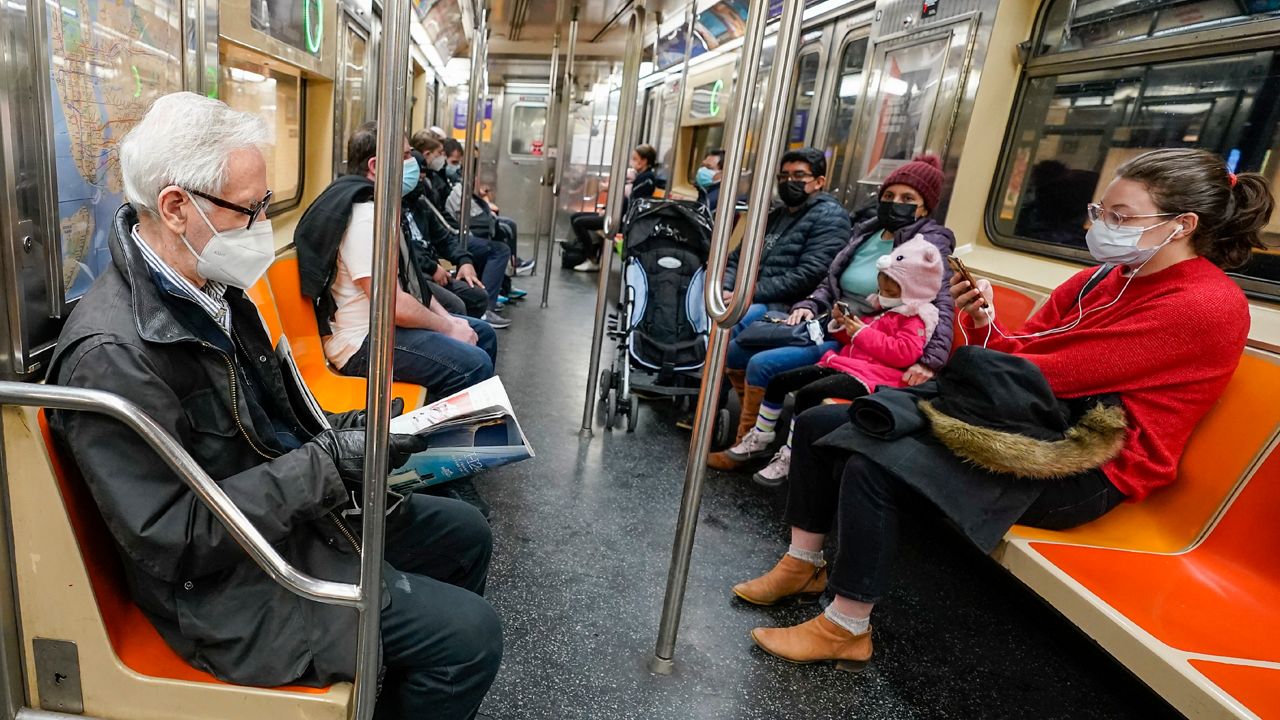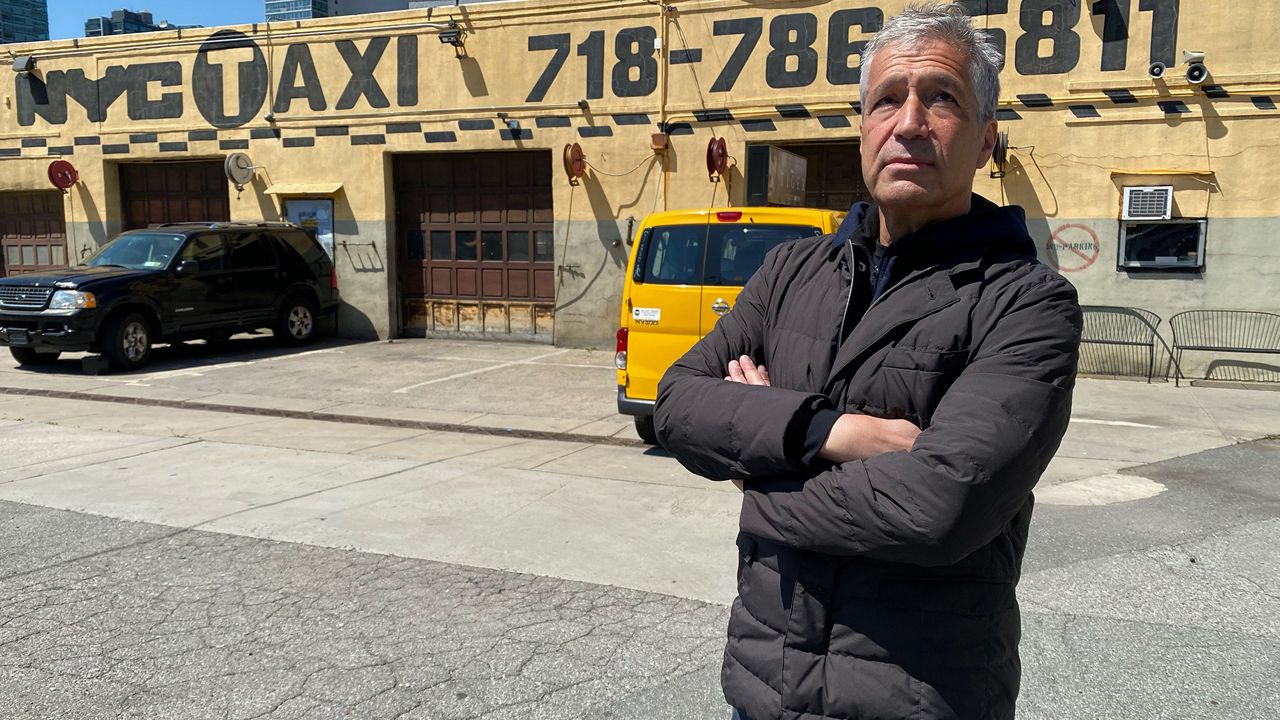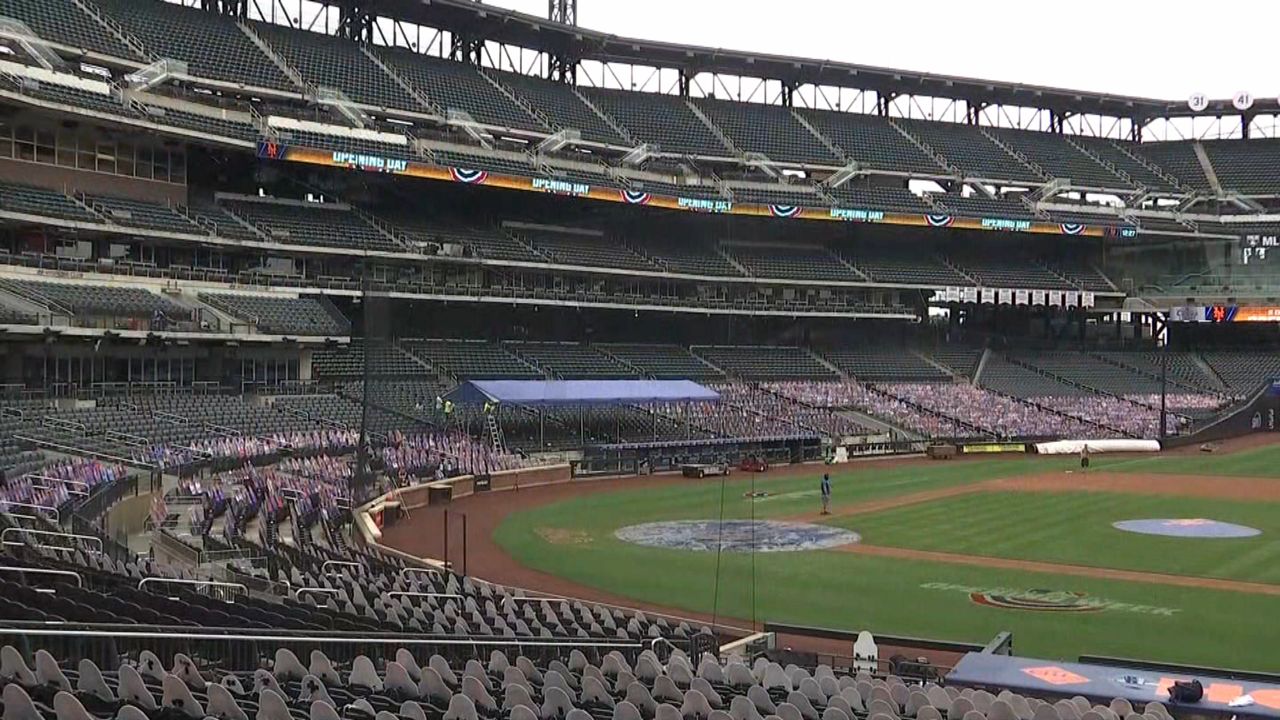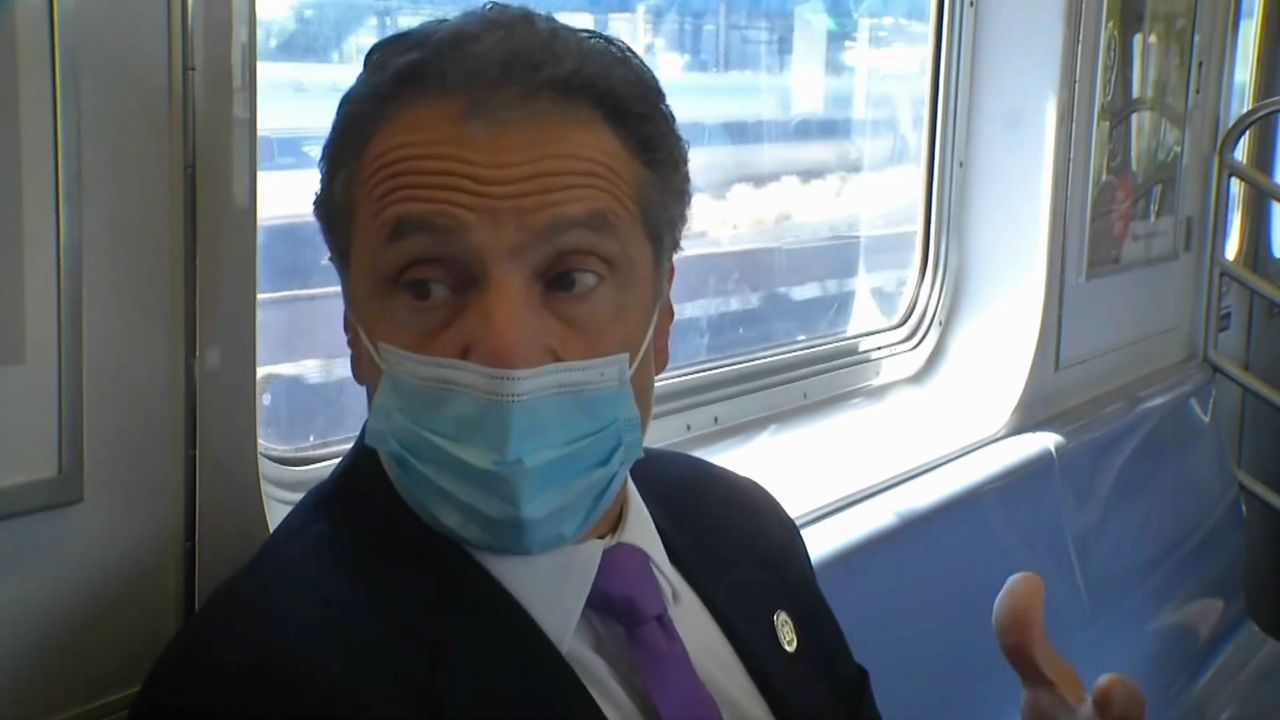NEW YORK - Blink, and you’ll miss it.
A blue light, peaking from the air vent of a train car, might keep commuters safe from coronavirus.
At least, that's the MTA's hope as it tests the technology on trains inside its Corona yard in Queens.
Devices tucked in the vents emit ultraviolet light, and spritz hydrogen peroxide to kill the virus that causes COVID-19.
The MTA says if it works, it potentially could be used on buses, too.
“The intent is to use two known agents that kill SARS-CoV-2, which is hydrogen peroxide and ultraviolet light, use those in the HVAC system as a means to try to reduce the viral load that could exist in the air,” explained Mark Dowd, the MTA's Chief Innovation Officer.
The MTA declined to show us the device, disclose who makes it or say how much it costs.
The devices have been installed on four train cars that are not in passenger service, so riders and workers are not exposed. There are also lab tests to see if the ultraviolet light and hydrogen peroxide is effective.
Another transit system uses hydrogen peroxide to kill coronavirus - Hong Kong’s Mass Transit Railway system, which deploys a vapor-spraying robot.
The test underscores the significance of train ventilation systems in protecting passengers from the virus. The MTA says air in a train car is recycled as many as 18 times in an hour.
“Our HVAC systems in the subway cars are very good at keeping the air moving, bringing in fresh air and exchanging that air at a rate much higher than hospitals, restaurants, etc.," Dowd said.
"The air exchange is, specifically, really for the aerosols. It's for getting those out of the air, removing them in some capacity, or at least thinning out the numbers or concentration so that you’re reducing the likelihood of transmission," added Dr. Jeffrey Shaman, an infectious disease epidemiologist at Columbia University. He says the devices, if they work, would provide riders with another layer of protection against pathogens in the air.
"We want to use as many tools as possible in a reasonable way to protect New Yorkers as we go into the fall," he said.
The MTA is not providing a timeline for when the technology could be incorporated into trains. The MTA's chief innovation officer said it can't be rushed.







